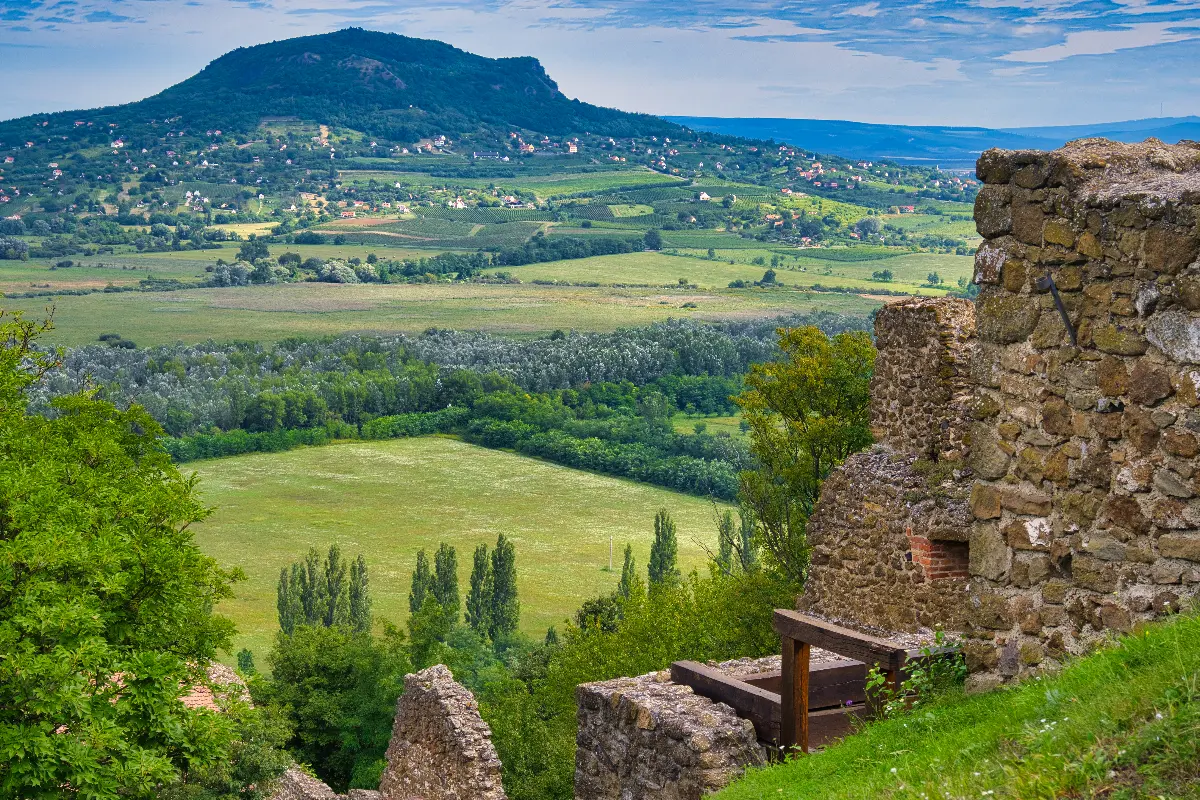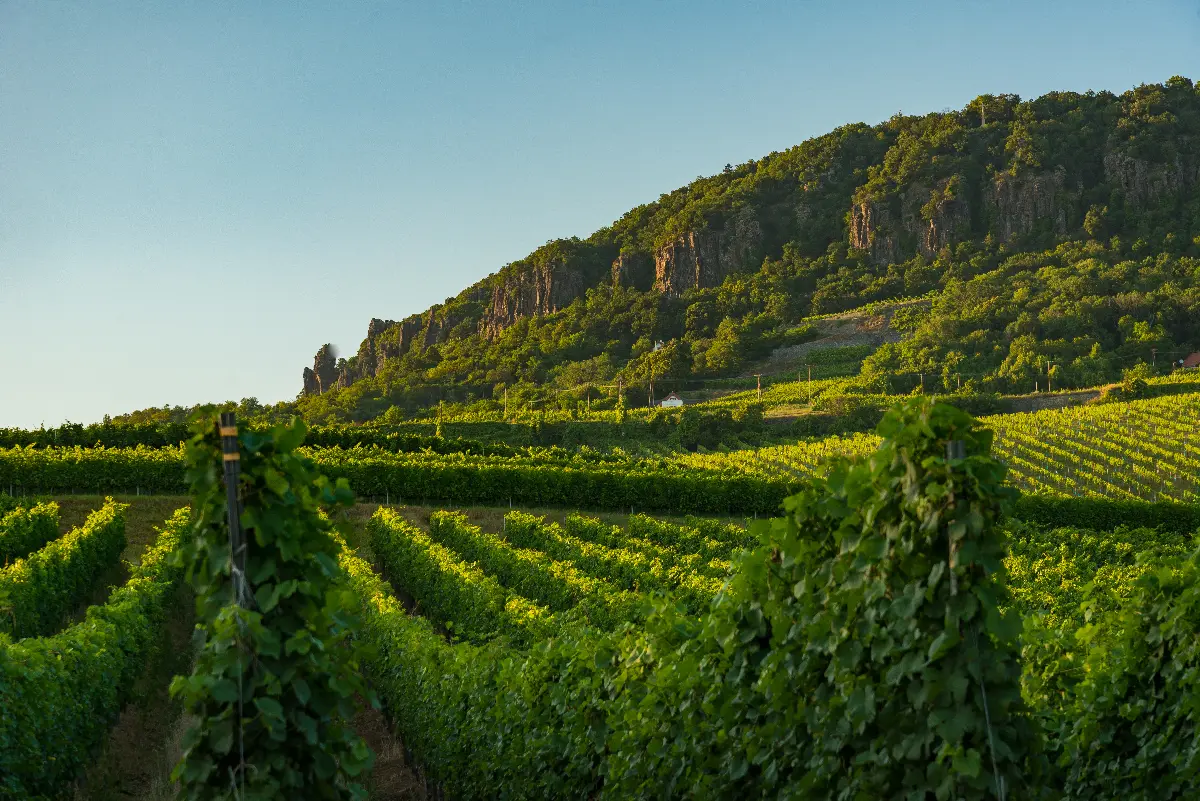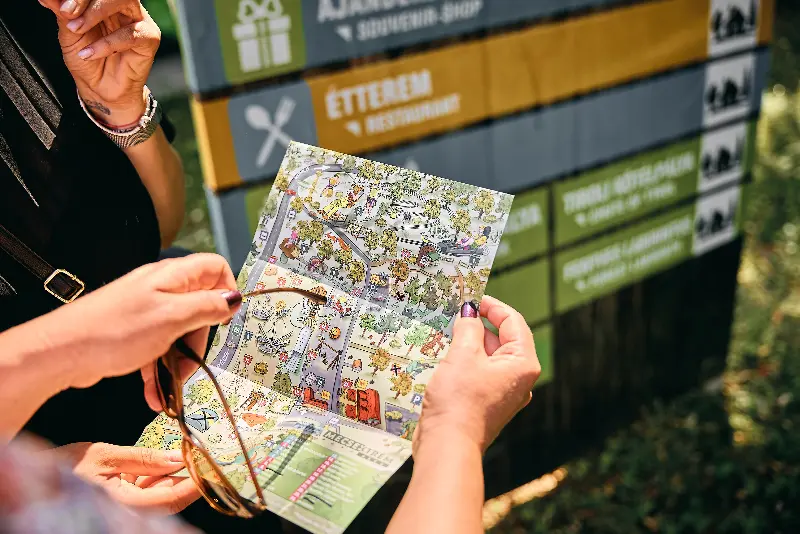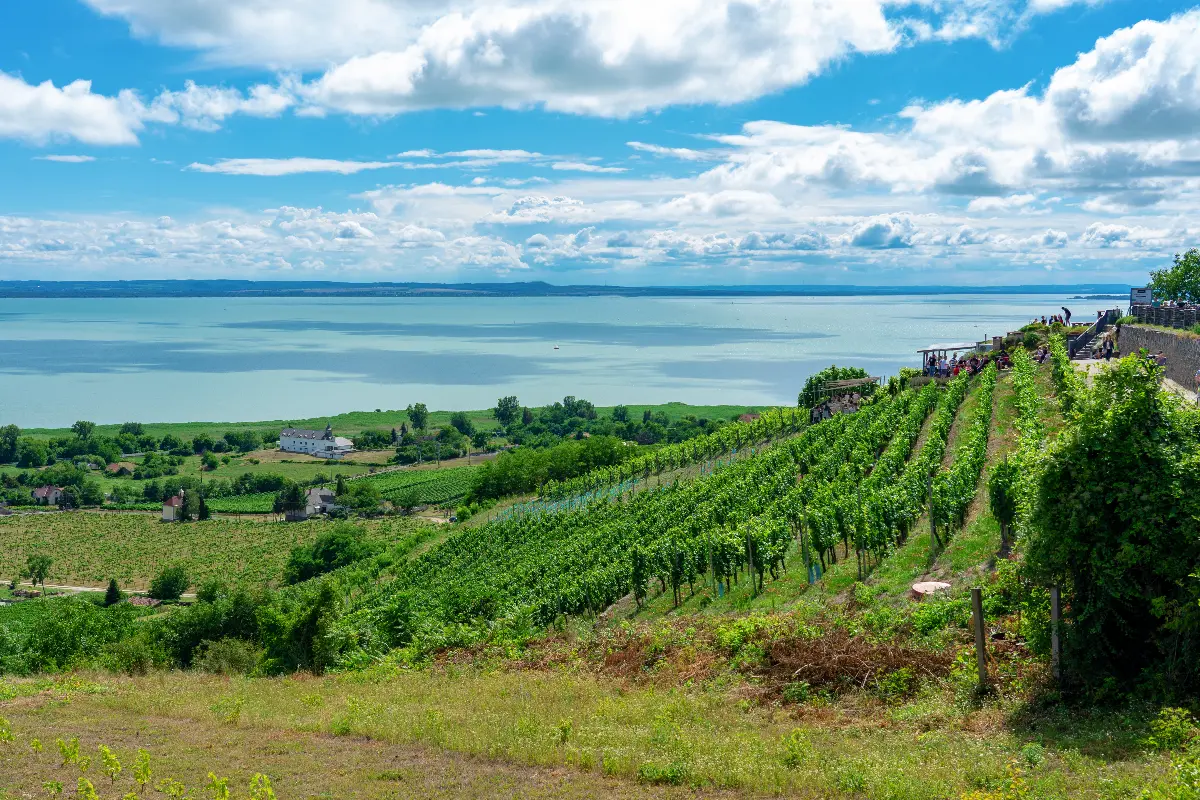
Helyszín címkék:
Panorama that the Bishop thinks you should see
Novitatis
Anyone who has ever looked up to Badacsony at night must have noticed the illuminated white cross at the top of the mountain. It is a moderately difficult hike to get to the Ranolder's Cross due to the climb involved, but it is definitely worth it: during the day you can enjoy a beautiful panorama of Lake Balaton at your feet.
From Badacsony station, follow the blue triangle (Római út, then Kisfaludy Sándor utca straight towards Rózsa-kő), then turn left at the Hertelendy monument onto the blue trail, and from Badacsonytomaj station follow the blue cross sign to the cross. Once you reach the Badacsony plateau, you only have to follow the National Blue Trail to the cross and the lookout, and then you can enjoy the spectacular panorama.
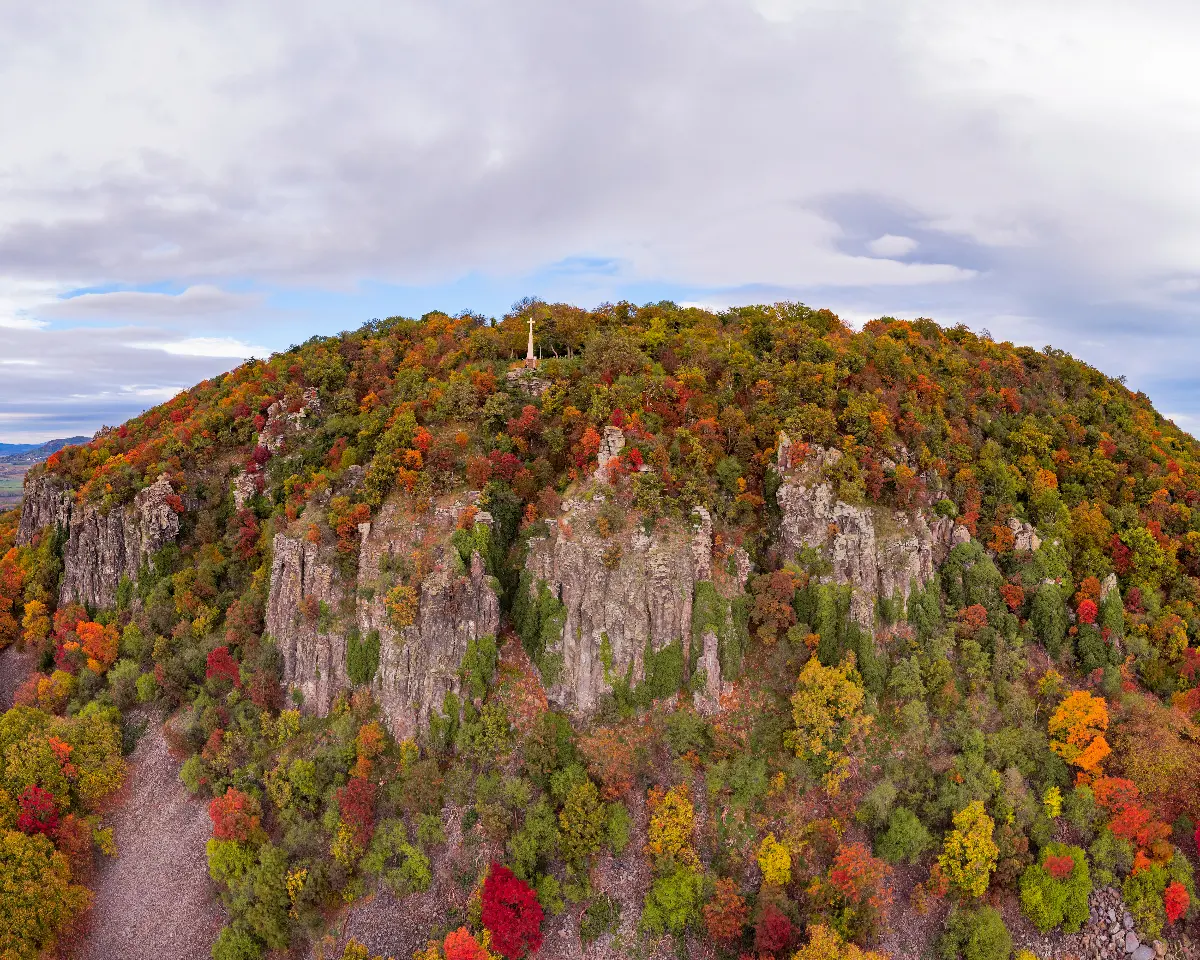
Hikers who visit the Badacsony often, will surely know the Ranolder Cross and the view from it, but many are not familiar with its history and the legends that surround it. The cross was erected by János Ranolder, Bishop of Veszprém (hence the name), on the 400-metre-high southern edge of Badacsony in September 1857. Bishop Ranolder found Badacsony and the view from the top so wonderful that he wanted to remind people that only God can create such a miracle.
Bishop János Ranolder was consecrated bishop of Veszprém in May 1850. He was a highly educated man, spoke six languages and his scientific works in Latin were used in textbooks. During his lifetime, his name was made famous by the “Ranolder Institutes”, the women's education schools he founded. He was bound to the Badacsony area by his respect for the vine: He planted vineyards in Csopak, Badacsony, on the Somlyó hill and in the Hegyalja, and put the variety breeding on a modern basis. The wines produced here have won numerous awards. Interestingly, he crowned Queen Elizabeth on 8 June 1867.
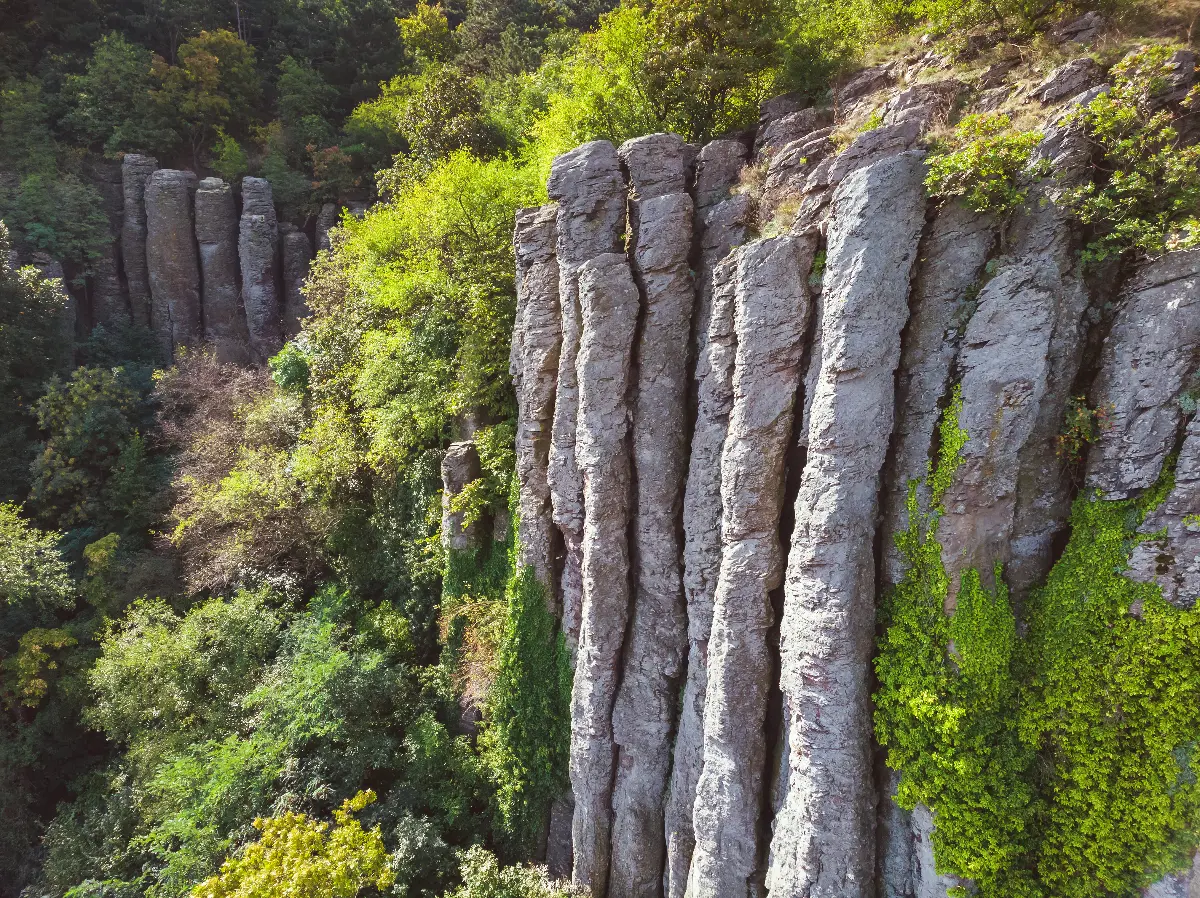
The Ranolder Cross itself is made up of several very heavy, carved blocks of stone – the largest of which, according to legend, were hauled up the mountain by 40 buffalo. It is when you are standing next to it that you can really feel its monumental character as you look out over the magnificent view from the top of the hill. The basalt organs perched on the edge of the mountain plateau bear witness to the volcanic past: traces of eruptions of various courses, first creating a small ring of harder rocks and later spreading out as smoothly flowing basalt lava. The resulting basalt columns and towers are popularly known as “wool sacks” because of their distinctive shape.
It is one of the most famous crosses not only in the area, but also in Hungary, with many legends and myths associated with it. The legend of Harangozó Börc is also linked to this place: part of the rocky slope below the Stone Cross hangs out in mid-air. If this stone is struck with a hammer or another stone, it makes a sound similar to the ringing of a bell, which can be heard far above. This is the time when the Harangozó Börc (the term “börc” meant “bérc”, i.e. peak, for the people in Zala Country of the past) is said to ring the bell. According to legend, this “ringing” saved the life of a young boy from Badacsonytomaj, when his evil brother tried to throw him into the water so that he alone could inherit their family house. Besides the legend, the locals also associate the cross with good luck, believing that the cross protects the vine from all kinds of harm.
Ranolder's name is not only on the cross, but also on a hard cheese produced by the Sümegtej family business, which has won numerous international awards, including the Gold Medal at the International Cheese Competition in France in 2017. The factory named the cheese Ranolder in memory and honour of the Bishop of Veszprém, who did a lot for the agricultural culture of the area: as mentioned earlier, first of all for the development of grape and wine production, but also for the development of dairy production and processing.

